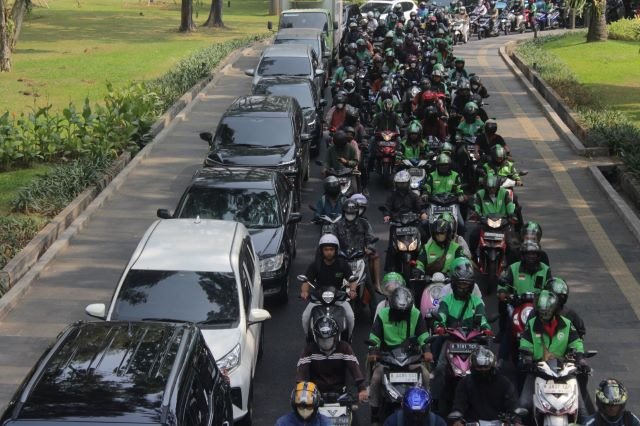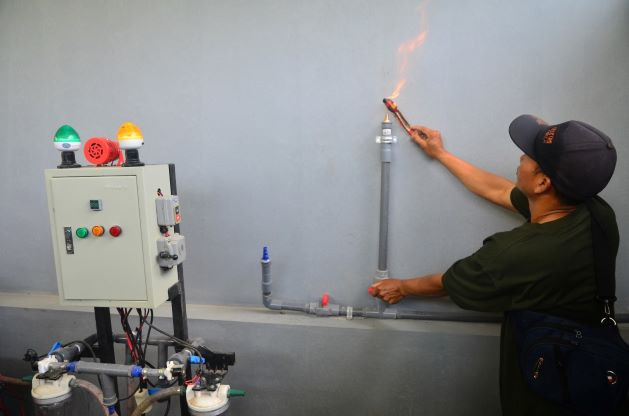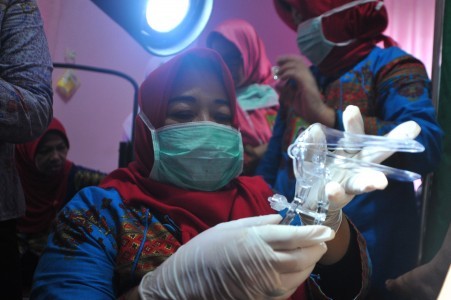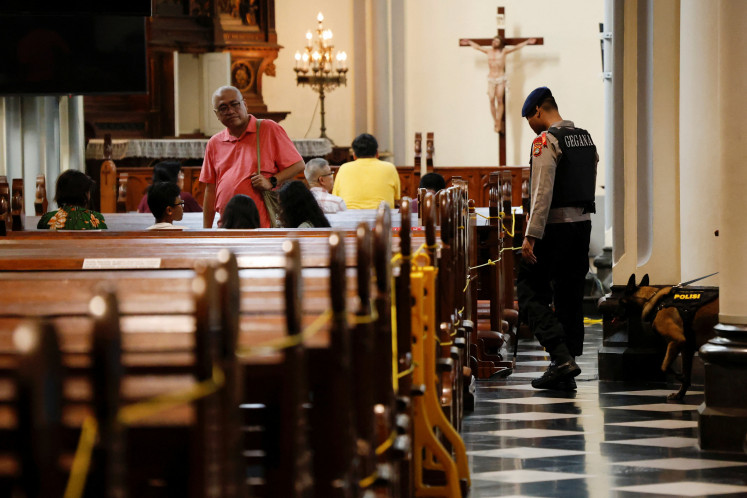Popular Reads
Top Results
Can't find what you're looking for?
View all search resultsPopular Reads
Top Results
Can't find what you're looking for?
View all search resultsBoost road safety for people, planet and prosperity
Global leaders must take urgent, concerted action to end road carnage.
Change text size
Gift Premium Articles
to Anyone
I
f you had to guess the leading cause of death for children and young people globally, what would you say? Malaria? Pneumonia? Suicide? They’re all up there, but no, it’s road crashes.
Cars have been around for over 120 years, and we know how to prevent these tragedies. Yet road crashes still claim more than two lives every minute, and nearly 1.2 million lives every year.
If these deaths were caused by a virus, it would be called a pandemic and the world would scramble to develop vaccines to prevent them. And yet reducing road deaths has long been overlooked, misunderstood and underfunded.
People will always make mistakes on the roads, but we have proven solutions that ensure our transport systems can absorb these errors in a way that significantly reduces the risk of death.
As part of the United Nations Sustainable Development Goals and the UN Decade of Action for Road Safety 2021-2030, the world has set an ambitious target of halving road deaths worldwide by 2030.
Just 10 countries—including some hard-hit low and middle-income countries—managed to reduce road deaths by more than 50 percent in a decade, and more than 30 countries are close behind. This shows that the target can be met but it is nowhere near enough. We need urgent action.
Key to meeting this goal is the decision to design and build our transport systems for people—not for motor vehicles—and to make safety paramount in all decisions and actions. This is especially important for the most vulnerable road users such as pedestrians, cyclists and motorcycle riders, who are often left dangerously exposed.
Advancing road safety is crucial in itself, but it is also key to sustainable development overall.
The world is going through an unprecedented wave of motorization. More than a billion vehicles are on the roads. This is unsustainable, so we must focus on moving people, not cars, motorbikes and trucks.
Transport accounts for one quarter of global carbon emissions, and fuels congestion in our cities. Yet when mobility is made safe and accessible, people choose the greener options of public transport, walking and cycling.
Designing cities around sustainable transport—with cycling lanes, pedestrian zones, and accessible public transport—also strengthens communities by making spaces safer and more liveable, while improving access to adequate housing and basic services for all.
Road deaths can cost countries around 3 to 5 percent of GDP, and ensuring more people can move safely to their jobs, schools and vital services drives development.
Safe, accessible and affordable transport also breaks down barriers to jobs, schools and opportunities for disadvantaged groups. This helps ensure everyone can reach their potential.
The same holds true for gender equality, and in some countries up to 80 percent of women report suffering harassment on public transport, so we must make transport safe for women and girls.
Road safety is everyone’s business and to succeed we need a range of sectors to be involved.
Urban planners and engineers must ensure safety is built into infrastructure. Academia and civil society can generate evidence. The media can dig deeper into what works, what doesn’t and why.
The private sector has tremendous influence. Businesses can contribute to safe and sustainable mobility by applying proven principles and practices throughout their value chains. They must only sell vehicles that meet United Nations safety standards.
Yet the role of government is paramount. Governments must provide strategic and well-coordinated approaches, strong policy and legal frameworks that enforce safety standards and safe behaviors, and sufficient funding. Law enforcement and education are also key.
This vision is right at the heart of the Global Plan for the United Nations Decade of Action for Road Safety 2021-2030, which offers a blueprint for governments to reduce road deaths.
Road safety is a crisis that has gone on far too long. No road deaths are necessary or acceptable.
Yet it is also much more than that. Safe and sustainable mobility can power a better future for us all.
***
Abdessamad Kayouh is Moroccan transport and logistics minister. Tedros Adhanom Ghebreyesus is director general of World Health Organization. The article was also signed by 15 other UN officials.










